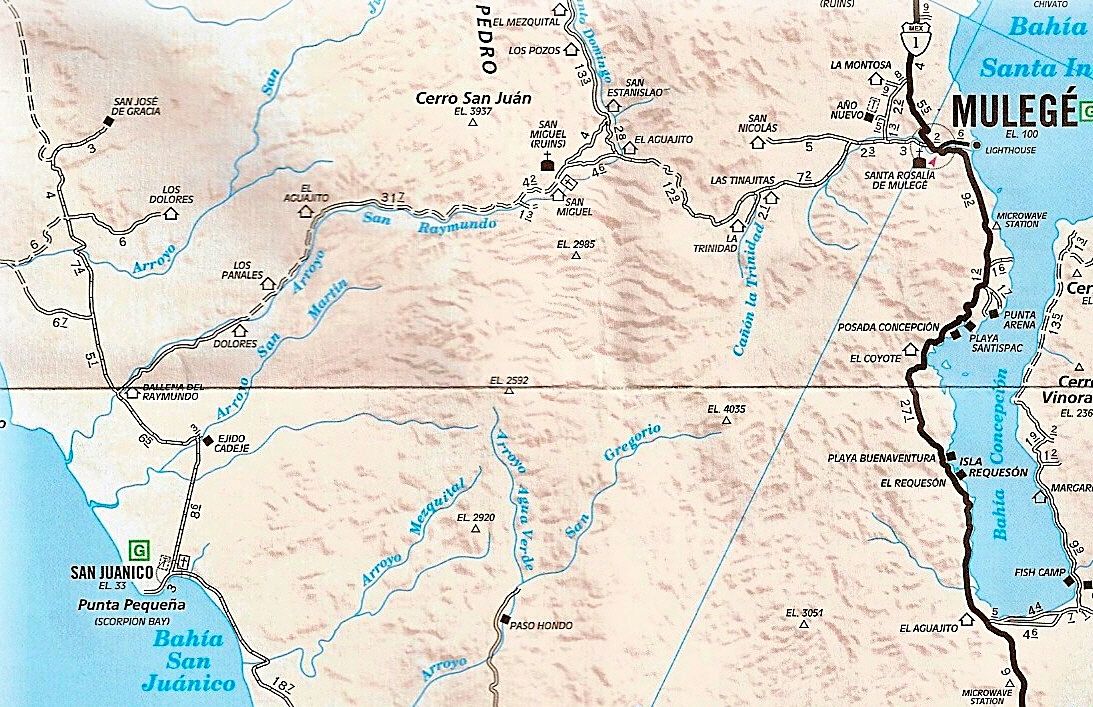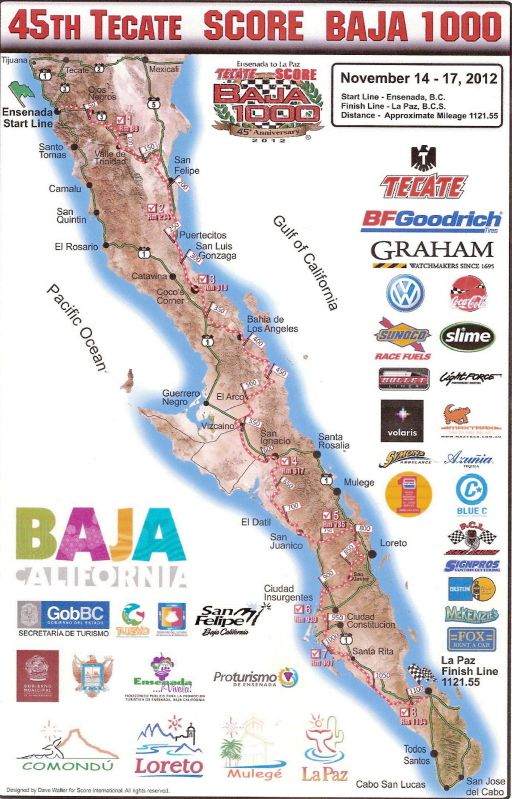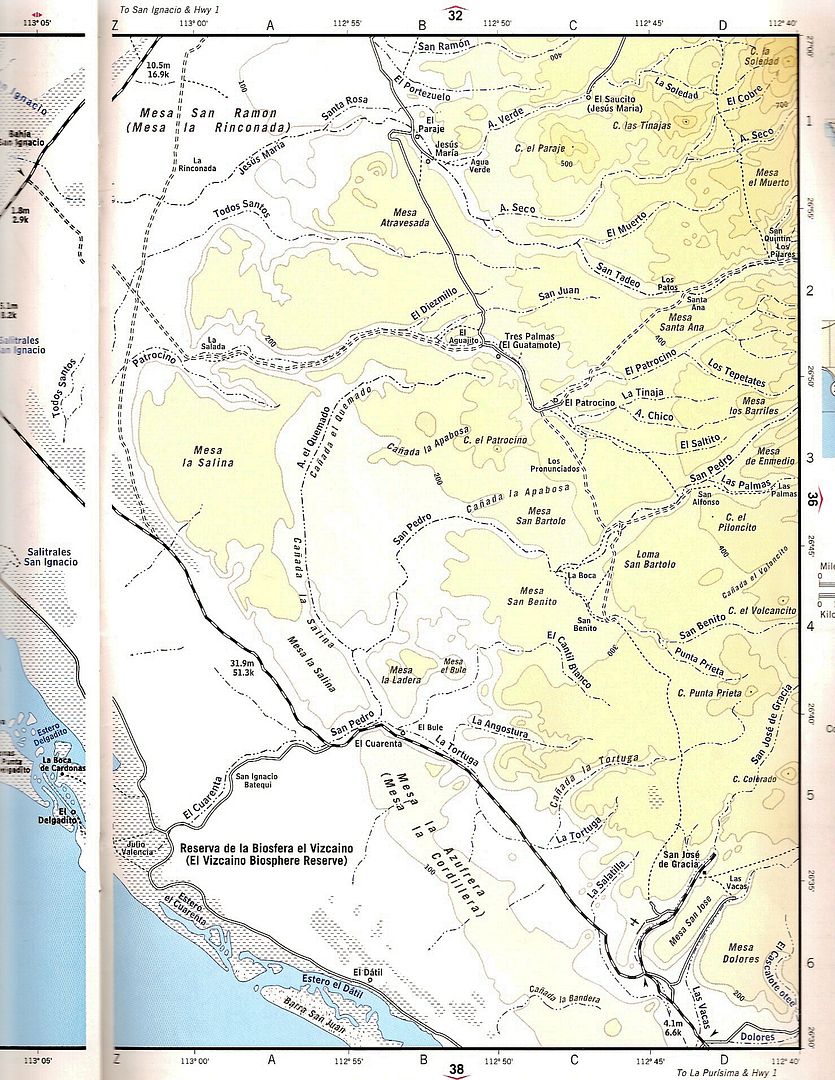Passing through private property has it's risks and costs at times. This ranchero is not "shaking you down" , but is presenting his position on paper as he may well not speak English.
I broke my leg in a silt bed 150 meters south of his rancho three years ago, so prefer to take the salt flat route in the future.
I suggest you appreciate your status as a visitor and demonstrate appropriate respect for this family.
If it was in the USA, you would likely have a redneck pointing a gun at you.







